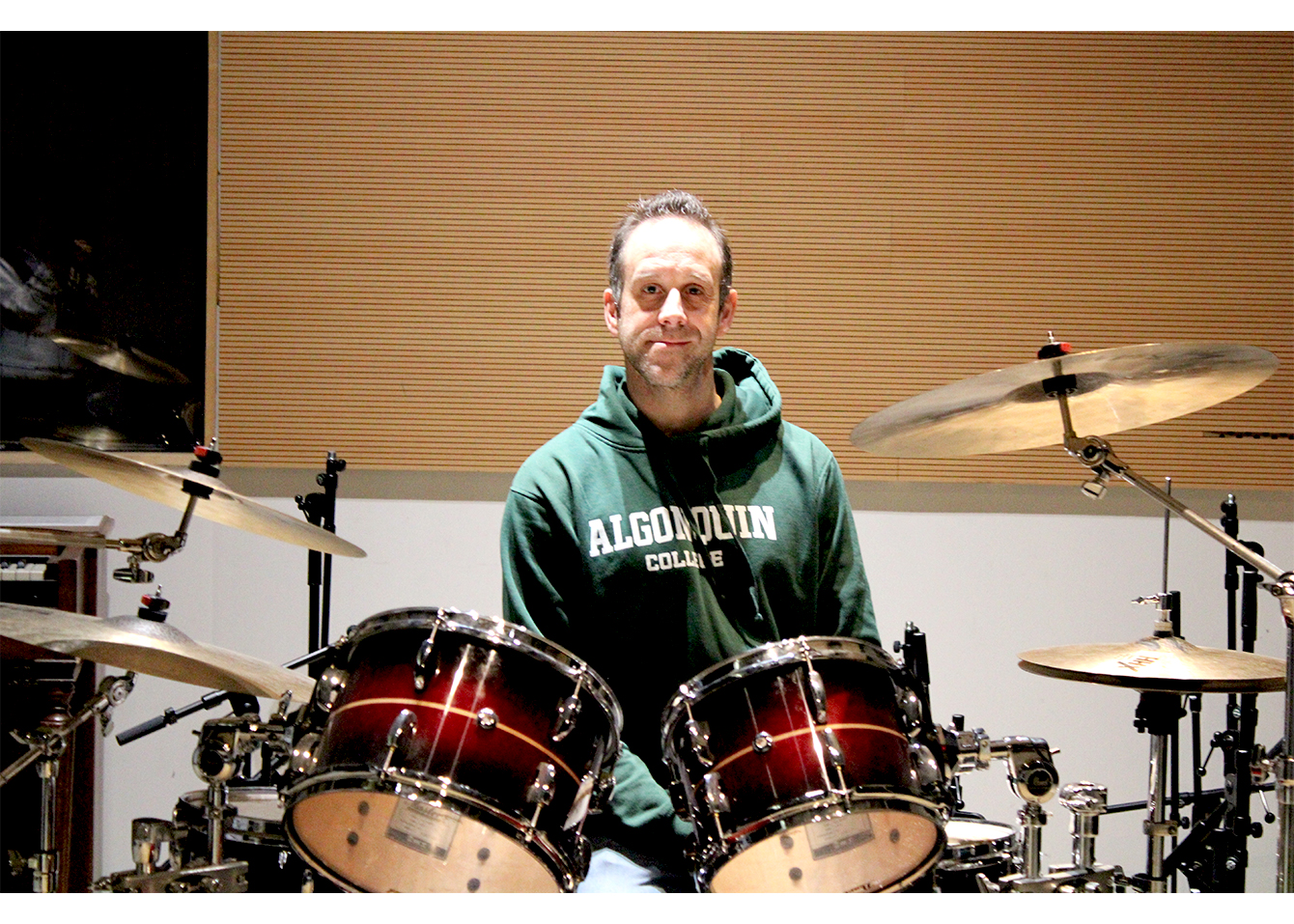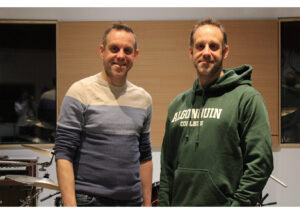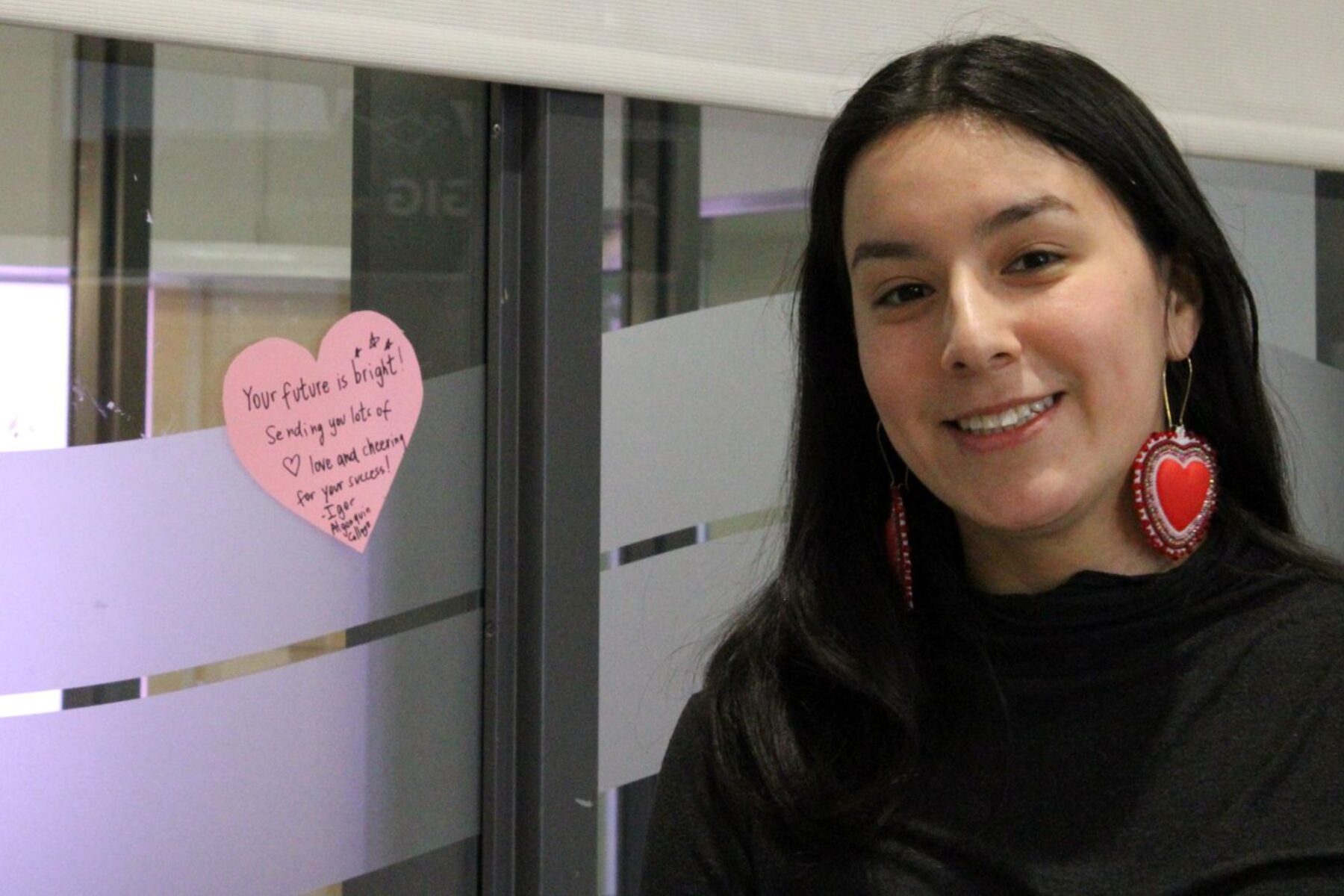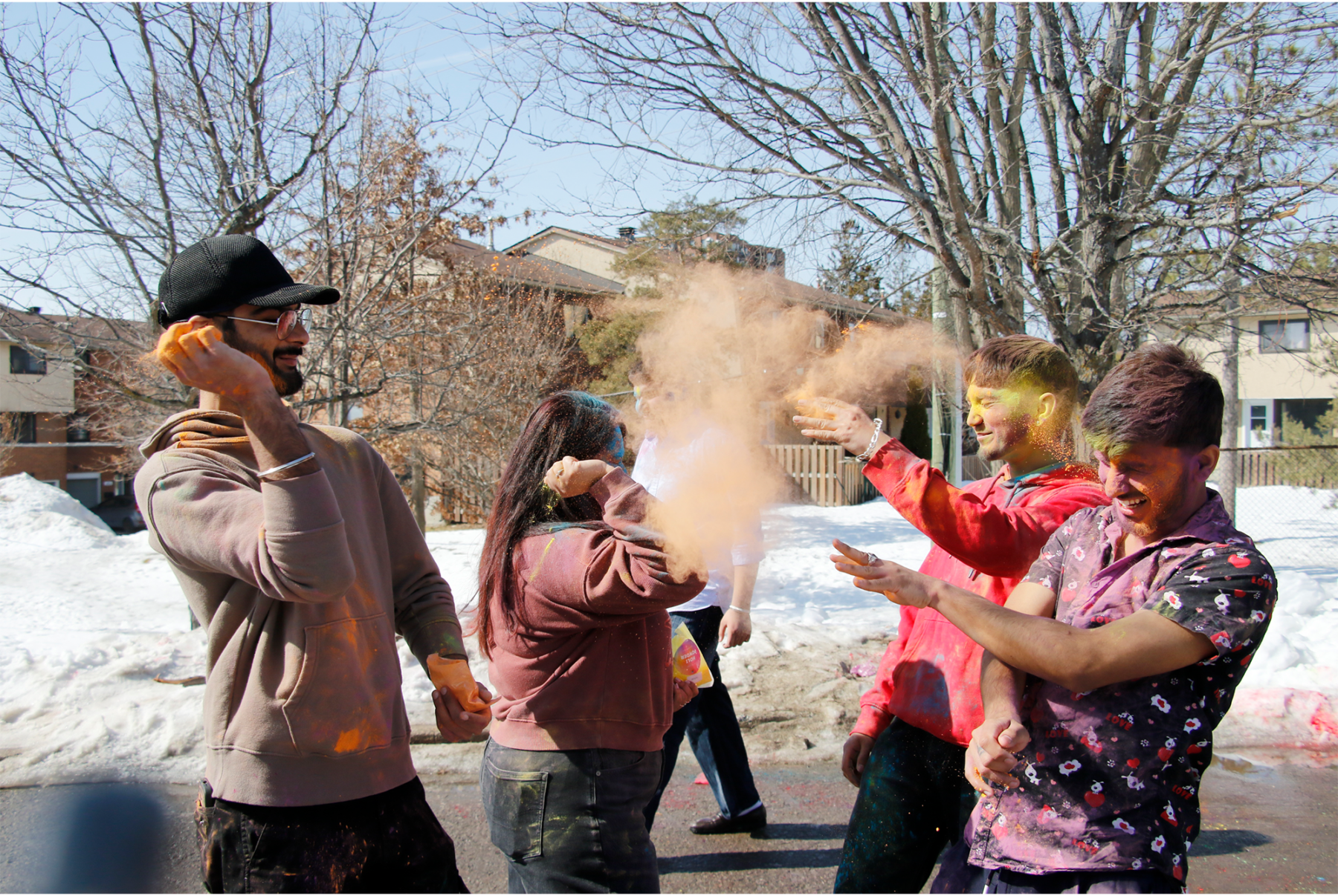PR campaign heads down memory lane in ’80s-themed fundraiser
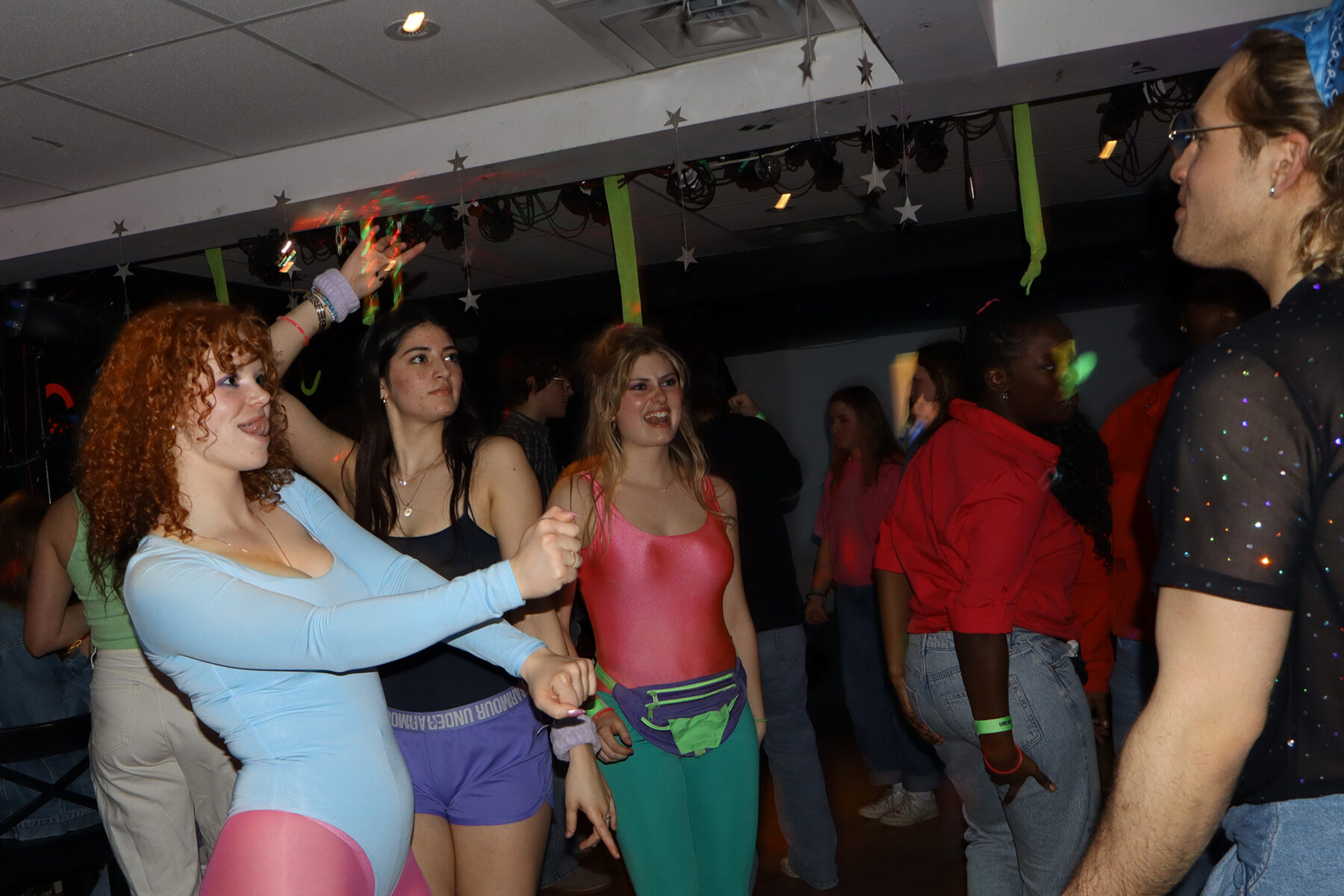
Leotards, disco balls and nostalgic hit songs: Algonquin College public relations (ACPR) students turned back time in the ‘80s night fundraising event for Rideauwood Addiction and Family Services on March 20.
“We are here for the ACPR charity campaign,” said PR student Abisha Rajasuseenthiran.
“This one is the 40-year anniversary (of the campaign). The first one was in 1985 which is why we chose to throw it back to the ‘80s and pay homage to them.”

The event, hosted at Live on Elgin, was decorated with streamers, disco balls, neon-coloured stickers and a “memory lane” table to give the event a nostalgic look.
“This is our memory lane,” said PR student Mallory Booth. “It’s just a bunch of ‘80s memorabilia, a blast from the past.”
The memory lane table had cassette tapes, a Walkman, records, Archie comics, Pez dispensers and Booth’s childhood Cabbage Patch Kid, Hazel, on display.
The fundraiser was hosted as part of the ACPR Hope on the Horizon campaign to raise money for Rideauwood Addiction and Family Services. The charity was founded in 1976 and it provides 17 different programs to assist youth, adults and families impacted by substance use and mental health issues.
“I’m really happy about supporting Rideauwood,” said PR student Sarah Budzinski.
“I think mental health and addiction is something really prevalent in our society, so the fact that we get an opportunity to do something to help out is great.”
Fundraising at the event was done through ticket sales for the event at $15 per ticket, coat check at $1 per item and a donation jar at the door, with all proceeds going to charity.
The event also offered a Rideauwood-inspired mocktail for $7, with $2 from each drink sold going to the charity.

a guest, drinking the Rideauwood-inspired mocktail during the '80s night event. Photo credit: Bradley Richards
Exact numbers on how much was raised through this event haven’t been determined yet, but Rajasuseenthiran had high hopes after seeing the crowd during ‘80s night.
“We have done really well, better than we expected. It has been a great turn out,” said Rajasuseenthiran. “It’s wonderful.”
Bartender Colleen Jones said the Rideauwood mocktail was the most popular drink of the night. The mocktail was made up of lemonade, lemon juice, Sprite and non-alcoholic blue curacao.

People were on the dance floor partying to ‘80s songs blasting through the speakers. Livin’ On A Prayer, Ice Ice Baby and Another One Bites The Dust among other familiar tunes amplified the nostalgic atmosphere.
“It’s been fun, I was expecting all sorts of decorations and stuff like this. I mean, they really pulled through,” said Julia Secord, one of the guests.

The ACPR campaign has raised $577,000 for local charities over the 40 years of fundraising. This year, the PR students aim to raise $10,000 for the Hope on the Horizon campaign focused on Rideauwood.
Donations to Hope on the Horizon can also be made online on the ACPR campaign website.




